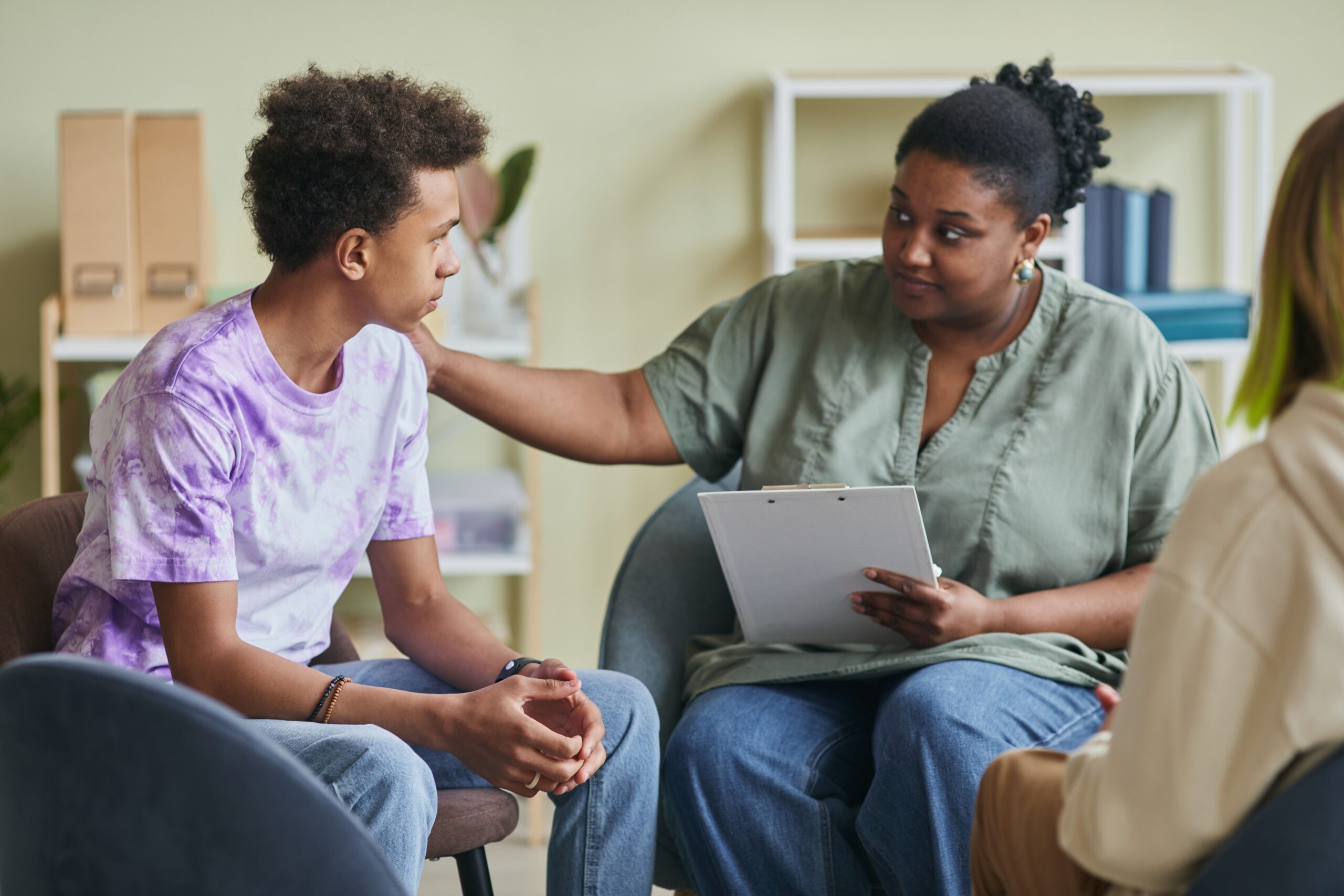
Symptoms of PTSD in Teen Behavior
June 17, 2024
Post-traumatic stress disorder (PTSD) is the onset of certain behavioral changes that are triggered as a result of exposure to traumatic events such as being physically harmed, threatened physically and mentally or experiencing some form of trauma. While many people experience traumatic events in their lives, it does not always result in PTSD. However, for children and teens, these experiences can be overwhelming, making them more susceptible to developing PTSD.
To a young person, the traumatic event did not just happen. The event remains encoded in the child’s mind, and they keep replaying it over and over mentally, making it hard to cope. The associated memories make the child keep re-experiencing the event, developing a fear for the memory as well as the event. This slowly degenerates into post-traumatic stress disorder.
The statistics:
Studies have shown that approximately 15% to 43% of girls will go through at least one traumatic event in their life, with 14% to 43% of boys going through similar events. Of this number, 3% to 15% of girls will eventually develop PTSD while 1% to 6% of boys will go through PTSD as well.
What are the causes of PTSD in teens?
While the underlying causes of teenage PTSD are due to experiencing a traumatic event, the reasons as to why it affects one teen and not the other are still unknown. However, things such as proximity of the child to the causative event, the reaction of the parents or guardians after the event, the severity of the event and whether the event was repeated in the child’s life remain top of the list as main causes of PTSD. Other factors may include:
Genetic: If there is a history of a family member who ever suffered or suffers from PTSD, then chances of the teen developing it remain high. It gets worse if the child is already going through such an event that may be considered traumatic. Further, the inborn temperament of a child might greatly impact on the possibility of developing PTSD.
Environmental factors: This refers to the severity of the trauma that the child has gone through, the frequency or how many times this has happened, and the general experiences that the teen has endured. If the trauma lasted longer, then the chances of developing PTSD are high.
Physical: This refers to how the teen’s brain regulates and balances hormones. Girls will develop PTSD more often than boys.
What are the symptoms of PTSD in teens?
It is important to keenly monitor your teenager, especially after a traumatic event. Some symptoms might take longer to show while most symptoms take about 3 months to show. While some might be easy to note, others might be complicated and hard to associate with teen PTSD. Some of these symptoms include:
Behavioral:
- Being irritable
- Recklessness
- Regression
- Spats of anger
- Disinterest in previously enjoyed activities
Physical:
- Sleep disorders
- Headaches and stomachache complaints
- Reduced alertness
- A feeling that the traumatic event is reoccurring
Cognitive symptoms:
- Reduced concentration in school may lead to drop in grades
- A jumbled recollection of events
- Increased alertness and arousal
- Developing of hyper-vigilance
Psychosocial symptoms:
- A grave feeling of guilt
- Obvious sadness
- Low self-esteem
- Fears about death
- Fears of occurrences that are similar to the trauma
- Having nightmares
- Avoiding memories that cause a flashback of the traumatic events
- Emotional numbing
How is PTSD treated in teens?
While in some children these symptoms might disappear after a while, in some, if untreated, they may persist. Some of the treatment methods include:
- Let your child express the feelings and thoughts they have without you judging them. This is referred to as cognitive-behavioral therapy (CBT). While some people question whether it is right to let the child remember the memories, CBT has proved effective in helping teens manage feelings and can be done gradually.
- Let them know that it is okay to feel scared when a traumatic event happens and help them to self-acknowledge.
- Provision of crisis management/ Psychological First Aid (PFA)- This can be used in traditional settings or schools where PFA teachers will counsel the teens and help them deal with changes in behavior and feelings.
- A combination of eye movement desensitization and reprocessing with cognitive therapy
In short, caregivers can easily spot PTSD in teens by watching for any changes in their behavior and being extra vigilant for changes in behavior in teens after a traumatic event that could lead to PTSD.
At Hillcrest Adolescent Treatment Center, we offer personalized counseling for teens struggling with behavioral and mental health. If your teen needs more support for their PTSD, contact our admissions team, we can help you through this journey

